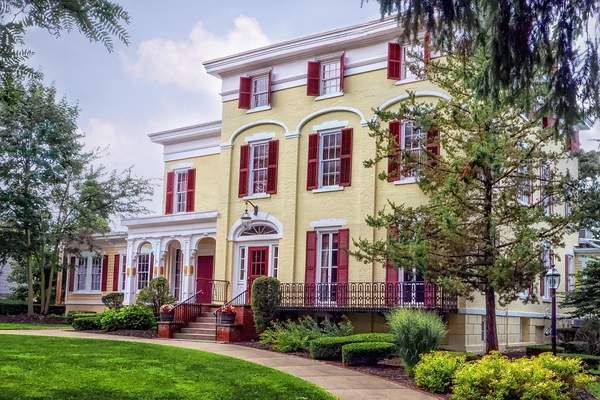Renovating a historic home is a journey through time that can unlock both charm and value. However, the process can be fraught with challenges, from structural integrity issues to modern compliance with building codes. For homeowners embarking on this path, understanding the intricacies of historic renovations is crucial. As seasoned professionals in home inspection, we bring insights and expertise to help you navigate these complexities with confidence.
Understanding Historic Home Features
Historic homes often boast unique architectural details and materials that modern buildings lack. However, these elements can also present specific challenges. For instance, original woodwork can be susceptible to rot and pest damage, while antique plumbing systems may not meet current standards. During an inspection, look for:
- Evidence of water damage or wood rot, particularly in basements and attics
- Outdated electrical wiring that may pose safety risks
- Signs of pest infestations, such as termite damage
By identifying these issues early, homeowners can plan renovations that preserve the home’s historical integrity while ensuring safety and functionality.
The Importance of Structural Integrity
One of the most critical aspects of renovating a historic home is assessing its structural integrity. Older homes may have foundation issues or outdated support systems that require careful evaluation. Here are some key areas to focus on:
- Foundation: Check for cracks or uneven settling that could indicate serious problems.
- Roofing: Inspect for leaks or sagging that might necessitate a comprehensive repair or replacement.
- Load-bearing Walls: Ensure they are intact and capable of supporting modern renovations.
Engaging a professional home inspector can provide a detailed analysis, ensuring that your historic home renovation is built on a solid foundation.
Compliance with Modern Standards
Renovating a historic home often requires balancing preservation with compliance to modern building codes. This involves understanding local regulations that govern renovations, especially in designated historic districts. Key considerations include:
- Ensuring materials and methods meet current safety standards
- Preserving exterior facades while updating interiors
- Incorporating energy-efficient solutions without compromising historical aesthetics
An experienced home inspector can guide you through the maze of regulations, helping you make informed decisions that respect both the past and the future.
Renovating a historic home is a rewarding endeavor that requires careful planning and professional guidance. By prioritizing a thorough home inspection, you ensure that your investment is protected and that your renovation journey is a successful one. Consider enlisting a professional home inspection service to provide the expertise and assurance you need as you unlock the potential of your historic home.


Recent Comments